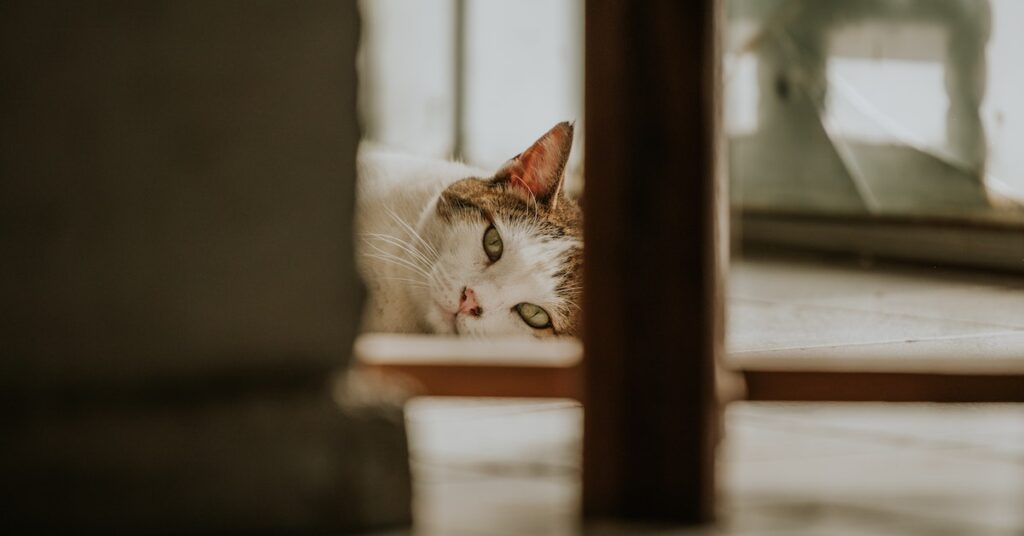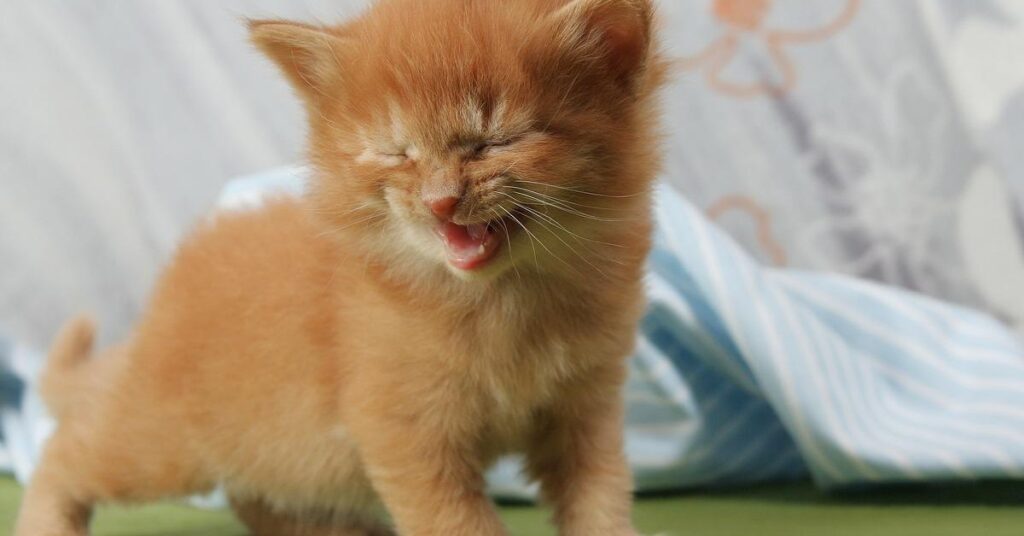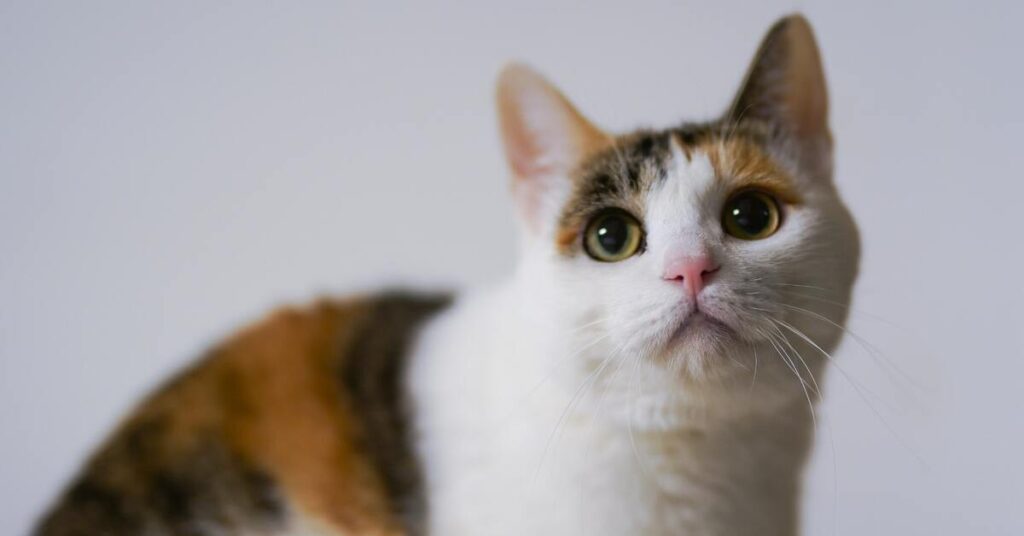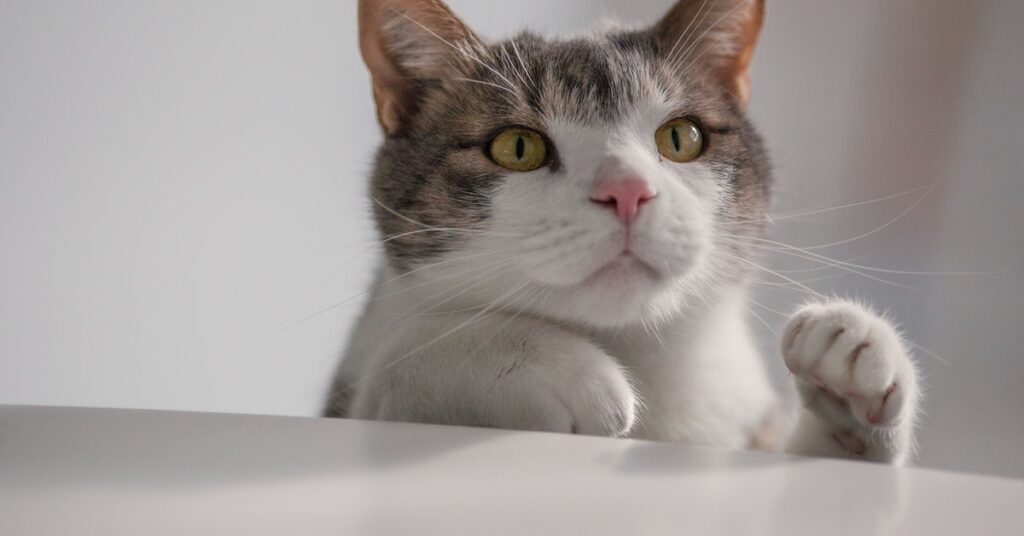The first step in learning how to brush cats teeth is to give your feline friend a toothbrush and toothpaste. A soft-bristled brush is the most important tool to use, as any harsh brush can scare your feline friend. It is much easier to brush a cat’s teeth with a finger brush, and a soft sponge is also important in the initial stages. Once your feline friend gets used to the idea of using a toothbrush and toothpaste, you can work on brushing their teeth in more gentle strokes.
Dental home care for your cat
Regular brushing of your cat’s teeth is the best way to maintain its oral health. It is also important to take your cat to the vet for an annual examination and check for any oral issues. If you notice any symptoms of dental disease, you should consult your vet immediately. Regular cleanings will keep your cat’s mouth healthy and prevent future dental issues. Make sure to brush your cat’s teeth twice a day. A gentle massage of the mouth is also important to promote good oral hygiene.
Start brushing your cat’s teeth when it is young. This helps them get used to the task. However, if your cat is resistant to brushing, it is best to consult a veterinarian. The animal may have a particular problem that requires special treatment. It may take weeks or even months before your cat will tolerate brushing. During this period, it is recommended that you give your cat dental treats, as these can help in the process.
A good routine for dental home care for your cat is also important, as many cats develop oral problems without proper treatment. Regular cleanings by a professional veterinarian can prevent tartar and plaque accumulation, which can lead to gum disease and other serious problems. In addition to brushing your cat’s teeth at home, you should also check them at least twice a year to check for signs of dental problems. Even if you notice the signs of dental disease early, your cat may need dental treatment under anesthesia. Your veterinarian can provide recommendations on the best way to treat your cat’s teeth.
Daily cleaning is important for your pet’s oral health. Regular brushing will remove plaque buildup, promoting a healthy mouth. You can train your cat to chew on dental treats or chew on a toothbrush, but always remember to brush the gums carefully to avoid endangering your cat’s health. And if you notice changes, you can visit a veterinarian immediately for more thorough cleanings. Your vet can also recommend professional dental care for your older cat or dog.
Read more about 15 Best Cat Carrier, You Must Have One
Time to brush your cat’s teeth
To brush your cat’s teeth, start by offering a small amount of veterinary toothpaste to your cat. Then, gently run your finger along the gum line of its upper teeth. After that, use a toothbrush to reach under the gum line. Brushing the teeth should take no longer than 30 seconds. Once your cat tolerates the procedure, give him a treat or snuggle to make the experience more enjoyable.
Once your cat is relaxed, apply toothpaste to a cotton bud and brush your cat’s teeth in a circular motion. Start with the back teeth because they are the hardest to reach, and work your way forward to the long canine teeth. If your cat is nervous, start slowly and try to hold its head while you brush. Also, don’t forget to offer treats or toys. A reward for good behavior will help your cat cooperate more readily.
Getting your cat used to the toothbrush will make it more accepting of the process. Start by introducing the toothbrush and toothpaste to your cat and letting it sniff them. After a couple of days, you can introduce the toothbrush and toothpaste to your cat. You can also let your cat try the toothpaste, so he can taste it. If he is still uncomfortable with the idea, you can try a different cat toothpaste.
Don’t overbrush your cat’s teeth. Cats are very sensitive and can be fearful if they are brushed too hard or too often. When brushing your cat’s teeth, use gentle strokes, but be sure to follow the veterinarian’s instructions. It’s better to start slowly and work up to a more detailed brushing. You can also give a treat to your cat after brushing its teeth. Providing a reward can encourage your cat to cooperate when you brush its teeth.
When brushing your cat’s teeth, use a small finger or a soft cloth to apply the toothpaste. Make sure you only use pet toothpaste as human toothpaste can be harmful to your cat. If you can’t find a suitable one for your feline friend, your veterinarian can recommend one for your cat. Using a toothbrush with an official seal from the Veterinary Oral Health Council will also give you peace of mind and a healthy cat.
Read more about How to Tell If Your Cat is Healthy
Getting your cat used to a toothbrush
Getting your cat used to a toothbrush is an important part of maintaining the health of both you and your pet. Although most cats dislike being handled, they can learn to accept a toothbrush in time. The key is to introduce the procedure slowly and under positive conditions. While kittens are generally not ready for brushing their teeth, the process can be started anytime during adulthood. This article will help you get started.
The first step in getting your cat used to a toothbrush is to offer a piece of cat toothpaste. Make sure to give your pet the toothbrush a sniff so that he/she can get used to it. Next, offer your cat a treat if he/she tolerates the process. Brushing the teeth should take about two to three minutes. When brushing your cat’s teeth, start from the front. Brush their “fangs” (front teeth). If you do not see any teeth at first, try brushing their back or side teeth.
To introduce your cat to the toothbrush, put the toothbrush near the sink and position it on the counter. Make sure it’s facing the sink. Position your cat’s head so it faces the sink. Place a small tray with toothpaste close to the sink. Begin brushing your cat’s teeth by gently sliding your fingertip along their gums. Make sure you use soft, circular motions, and reward them after each session.
The next step is to introduce your cat to toothpaste and toothbrush. Using your left hand, hold back her gum with your thumb and forefinger. Then, use the left forefinger to apply the toothpaste on the cat’s gum. Once your cat accepts the toothpaste, try giving her a treat or a toy to play with. Once she has become comfortable with the toothbrush, she’ll be more likely to accept the toothbrush and eventually brush her teeth.
Once your cat has accepted the toothpaste, try brushing their teeth with your finger. Cat toothpaste is much more appealing than human toothpaste, so it’s important to use one that is safe for them to eat. It’s important to use veterinary-approved toothpaste to prevent any side effects, such as gastric irritation. Using human toothpaste could cause your cat to vomit and may cause a reaction. This is why you should always use pet-friendly toothpaste and try to avoid using human toothpaste.
Read more about Why is My Cat So Hyper?
Getting your cat used to the toothpaste
The first step to getting your cat used to toothpaste is to hold its mouth while brushing it. Brush its teeth slowly, pushing back its lips as it does so. Try to use a soft and soothing voice to help your kitty relax. Once he feels comfortable with the process, switch to a more effective toothpaste. Then, reward your kitty for a job well done. It may take several times, but he will eventually get the hang of it.
Introduce the toothpaste slowly, making sure your kitty is not afraid of it. Use a cat-specific toothbrush or baby-sized toothbrush to apply the toothpaste. Never use toothpaste on human fingers, as this can make your cat sick. Instead, offer a tasty treat or toy to your kitty in exchange. This will make the process easier for both of you. Once your kitty has gotten used to toothpaste, you can try brushing it with your kitty toothbrush and baby-sized toothpaste.
Introduce the toothbrush to your kitty gradually. You can start with the upper canine teeth first. You do not have to open your cat’s mouth; simply lift its lip to expose the outer surface of the tooth. Brush a few teeth, and gradually increase the time to as much as 30 or 45 seconds on each side. It’s normal for your kitty to bleed during the first few brushings, but this will stop as you practice regular brushings.
If your cat is afraid of toothpaste, try using pet-friendly toothpaste. It may taste good to your kitty, but some will refuse to try it. If your cat is unsure, you can try putting a dab of toothpaste on her nose. Most cats will be willing to lick it after tasting it. If it’s successful, she’ll take the toothbrush from your hand. It will probably start licking it off after it’s licked.
Once your cat is accustomed to the idea of toothpaste, you can introduce it as a familiar household object. If she is shy or is wary, try to brush her outside teeth first. Introduce the toothbrush with a tasty reward afterward. She may even want to try the toothpaste itself. She’ll be more likely to accept it if you reward her with your cat’s favorite treat. It’s important to make this a routine, as cats respond to consistency.
Read more about 163 Interesting Facts About Cats That Every Cat Lover Should Know








